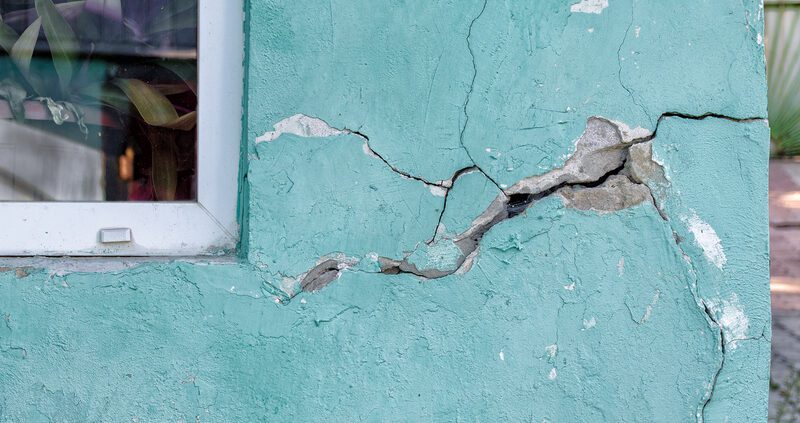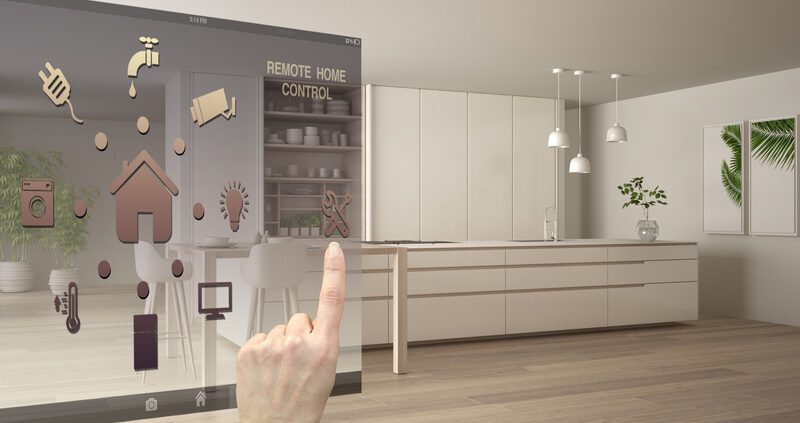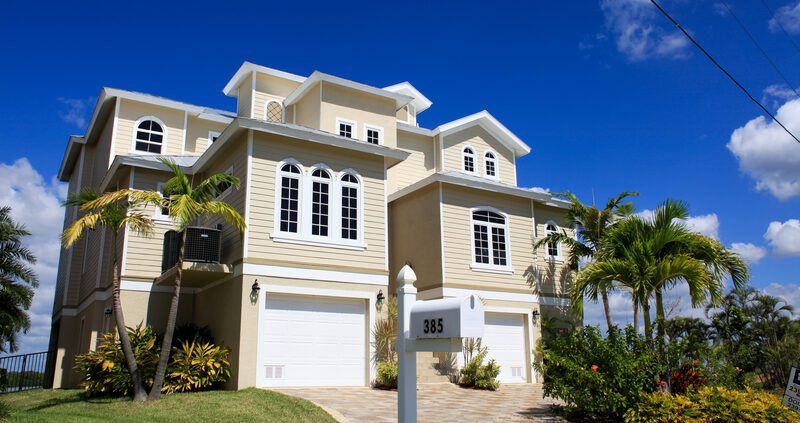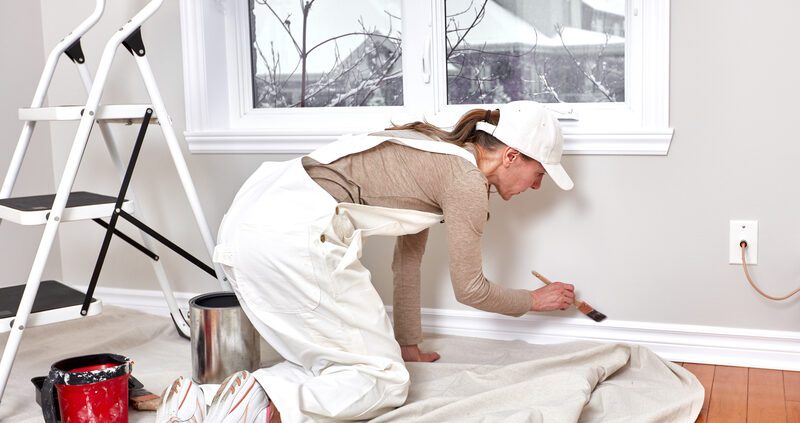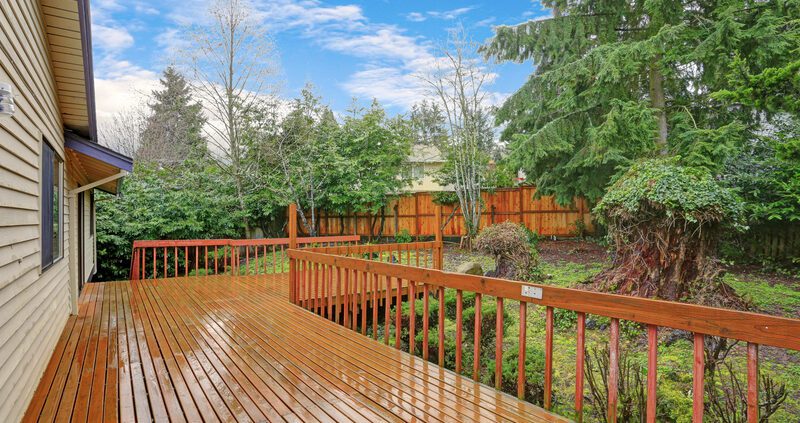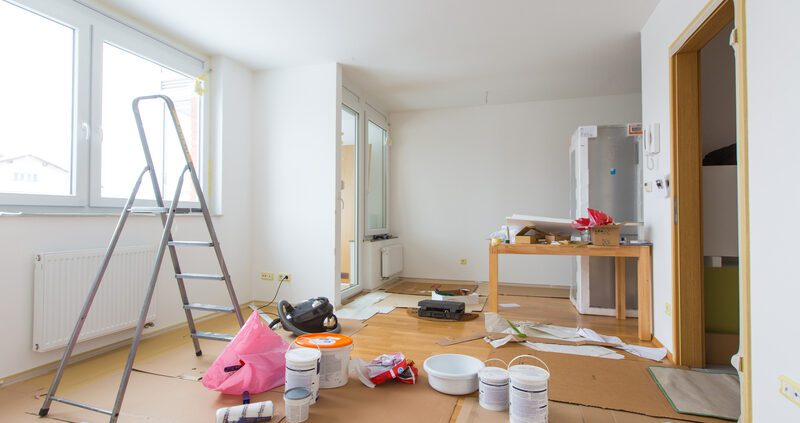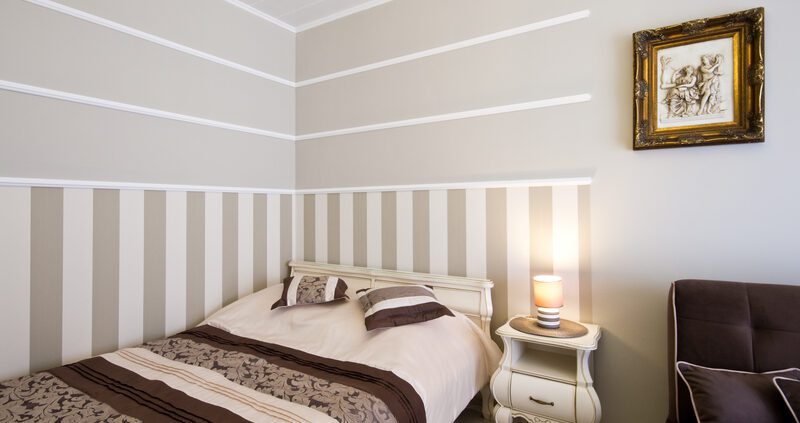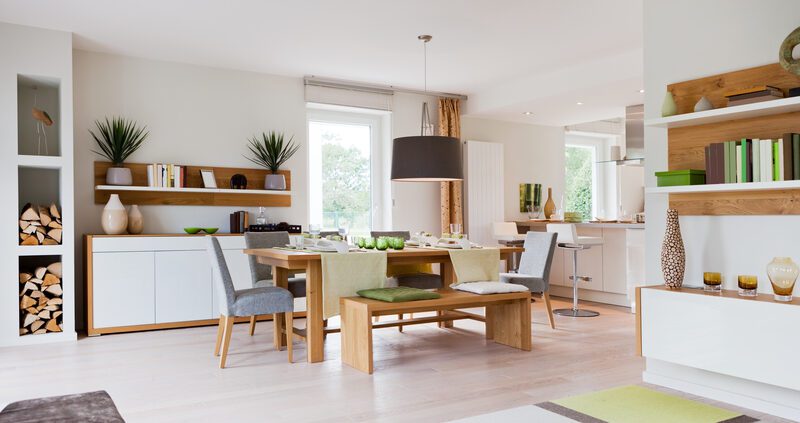Why You Need to Fix Cracks in Your Foundation
The foundation of your home is a critical element for maintaining structural integrity. Fixing cracks in your foundation might seem like a minor home repair task, but it can have significant benefits in the long run. Here’s why you need to fix cracks in your foundation.
Avoid Water Damage
One of the most important reasons to fix cracks in your foundation is to avoid water damage. When water seeps through the cracks in your foundation, it can cause significant damage to your home. Water damage can lead to mold growth, which can be hazardous to your health, and it can weaken the structural integrity of your home. By fixing cracks in your foundation, you can prevent water from entering your home and causing damage. If you catch a problem early, you can save yourself from costly repairs. Regularly inspecting and sealing any cracks in your foundation is an essential part of keeping your home healthy. If you notice any signs of water damage in or around your home, it’s important to act quickly to address the issue. Water damage can cause long-term structural damage, which can be expensive and time-consuming to repair.
Prevent Pest Infestations
Fixing cracks in your foundation can also prevent pest infestations. Many pests such as cockroaches can easily enter through cracks in your foundation. Once they make their way into your home, they can cause damage to your property and pose a health hazard to you and your family. By fixing cracks in your foundation, you can prevent pests from entering your home and causing damage. You can also take preventive measures to keep pests from entering your home. Keep the outside of your home clean and free of clutter. Remove any standing water near your home, as this may attract pests such as mosquitos. Finally, make sure that all windows and door screens are secure and without holes or tears.
Save Money Through Prevention
Fixing cracks in your foundation can save you money in the long run by preventing future issues. If you neglect cracks in your foundation, they will only get worse over time. As the cracks widen, they can cause more significant problems, such as water damage, pest infestations, and structural damage. By fixing cracks in your foundation early on, you can prevent these issues from occurring, saving you money on costly repairs in the future. You can save money by checking your roof regularly and addressing any potential problems before they become major issues. Replacing or repairing shingles and gutters early on will help to prevent more costly damage later on. Regularly inspecting and cleaning drains, downspouts, and sewer lines is also important for preventing water damage.
Fixing cracks in your foundation is a critical home repair task that should not be overlooked. By doing so, you can avoid water damage, prevent pest infestations, and save money by preventing future issues. If you notice any cracks in your foundation, it is essential to have them fixed as soon as possible to avoid any potential problems. By taking action early on, you can protect your home and ensure that it remains a safe and comfortable place for you and your family.
Did You Enjoy Reading This Article? Here’s More to Read: Common Reasons for Bad Smells in Your Home

